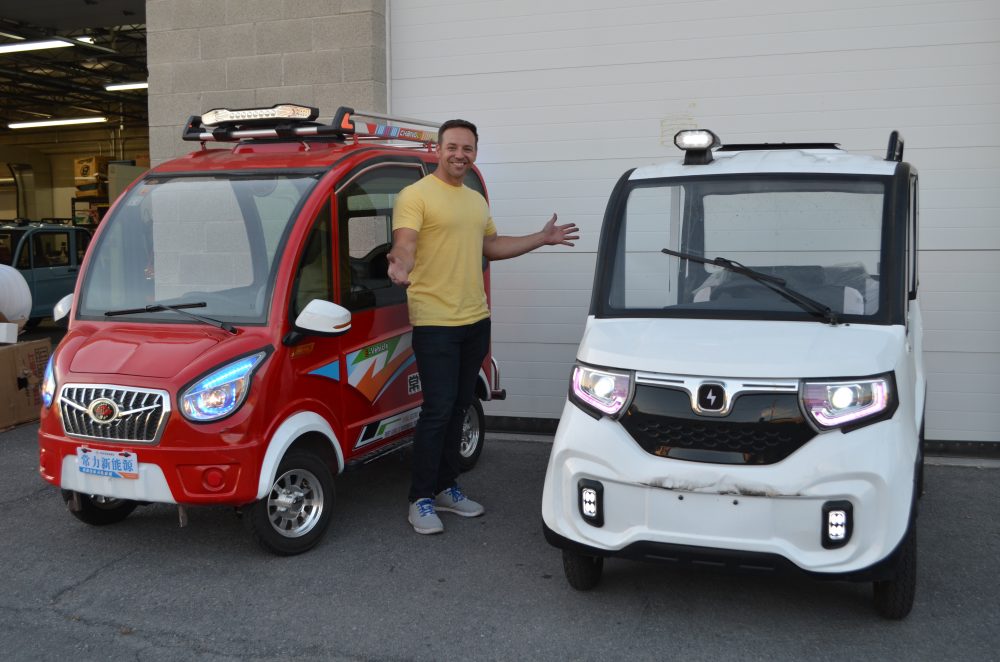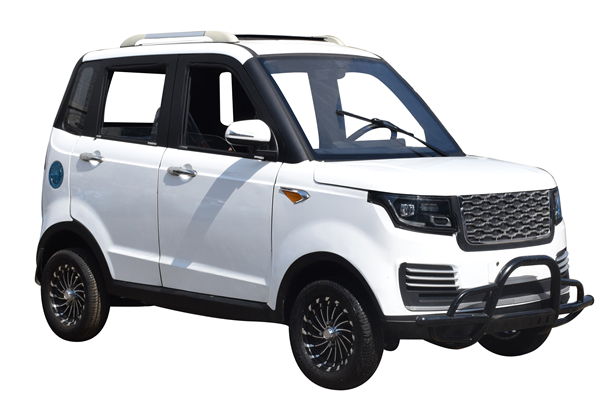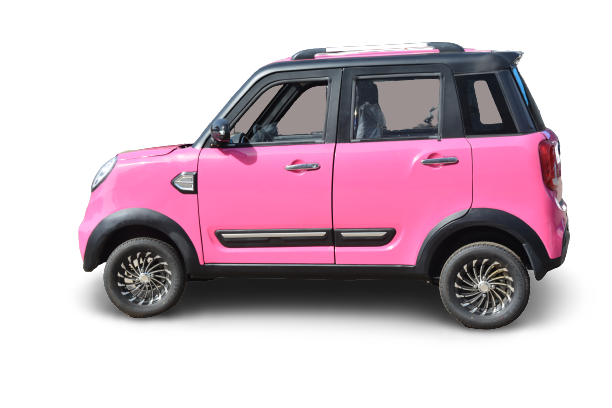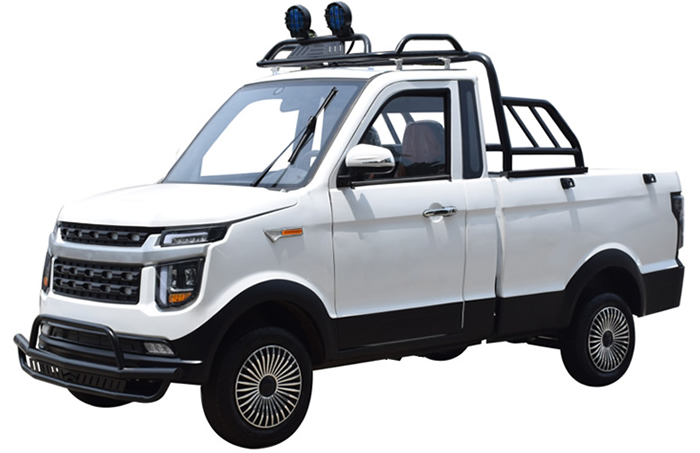We live a bit out and it was a special trip to get to that dealership. We won’t pick up till Saturday.
We drove both the X and the Y. The X, the flagship of the “suv” style, was a bit much on the tech side. I think I would be OK with it, but my wife was a no-go. The Y, the budget line (think the 3 to the S in the sedan version) still has stalks for shifting and turn/wipers. Climate control is still in the display (much smaller display than the X).
And the acceleration on both is still crazy. My wife was not a fan and I didn’t even “floor” the accelerator. I’m excited to try it out when no one else is in the car.
BTW, speaking to the Tesla tech: We drove the X first and the sales rep, or whatever they are called, asked if they wanted us to ride with them. I said, nope. Tell me how to make it go and off we went. I wanted to see if I could figure this car out without someone sitting next to me and for the most part I did. I think they did a fairly good job on the UI. I didn’t try the full self-driving mode on my own. For the dumbed down Y, I asked them to come with us to answer our questions we accumulated during our first drive, and to also be there for full self-driving.
I’ve read about the one-pedal driving so was prepared for that, but it still takes some getting used to. Not getting used to is a self-driving car in a round-about. Not fantastic. We aren’t going with the self-driving add-ons, particularly now that they offer it as a monthly service. If we need it for a trip, we’ll add. We don’t commute to work, and our normal longer drives are in the boonies on two lane roads. I don’t need a car changing lanes for me when the additional lanes don’t exist.
Nice! I’m not a huge fan of the styling on the suv-like Teslas, but that has some actual styling. Of course, our main car for nearly 13 years has been a freaking Subaru Forester which would never, ever, ever win any styling competitions.



